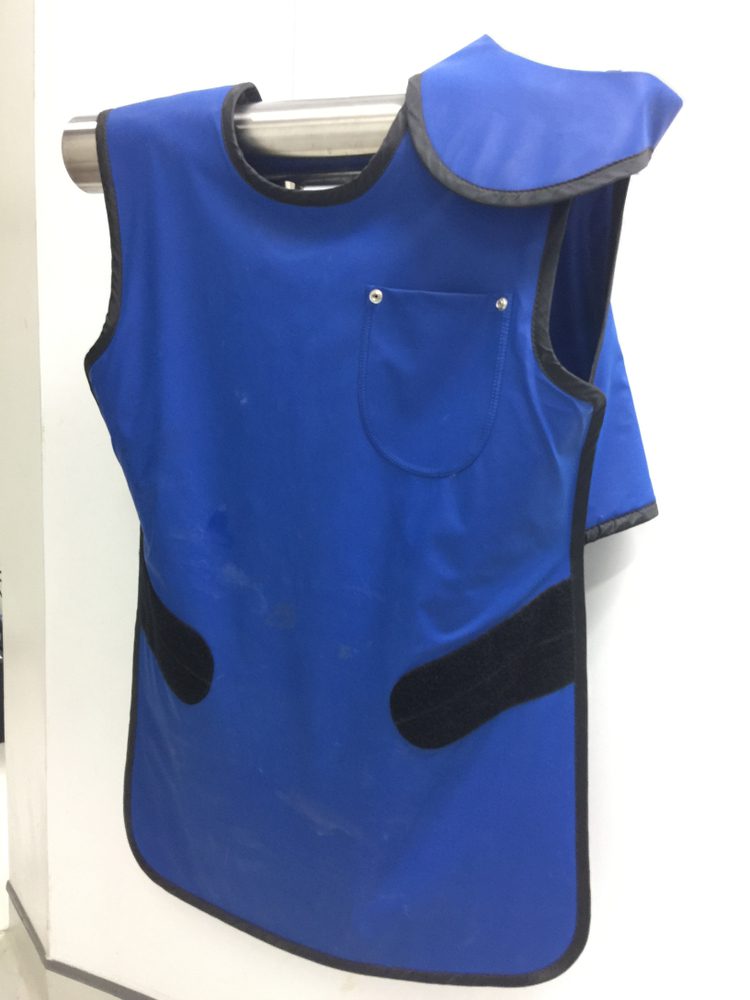
Safety is a paramount concern in any healthcare environment, particularly in facilities that frequently use diagnostic imaging equipment like X-ray machines. One key safety measure commonly employed is the use of lead shields. Designed to protect against unnecessary exposure to radiation, lead shields are vital to both patient and staff safety. This article explores the various ways to effectively use a lead shield in your medical facility.
Understanding the Lead Shield
A lead shield is a barrier made of lead or lead-infused materials, designed to protect against ionizing radiation. The high atomic number and density of lead make it an excellent absorber of X-rays and other forms of radiation. Lead shields can come in various forms, including aprons, thyroid collars, caps, gloves, and glasses, as well as shielding for walls, doors, and windows in imaging rooms.
Patient Protection with Lead Shields
Lead shields play a crucial role in protecting patients during diagnostic imaging procedures:
Lead Aprons: These are the most common type of lead shield used for patients. They’re designed to protect the body areas not being imaged from scatter radiation.
Thyroid Shields and Gonadal Shields: These are smaller shields used to protect particularly sensitive areas of the body, like the thyroid gland and reproductive organs.
Lead Glasses and Caps: These protect the eyes and head, which can be particularly beneficial in interventional procedures that require the medical staff to be in the room during imaging.
Staff Protection with Lead Shields
Lead shields are also crucial for protecting medical staff who work with or around diagnostic imaging equipment:
Lead Aprons and Vests: Staff can wear these during procedures to protect their torso and reproductive organs from scatter radiation.
Lead Glasses and Thyroid Collars: These provide critical protection for the eyes and thyroid, which can be more sensitive to radiation.
Lead Gloves: Often overlooked, these can protect the hands, which may be closest to the source of radiation during certain procedures.
Environmental Shielding with Lead
Lead shielding isn’t just for people; it’s also essential for the physical environment:
Walls, Doors, and Windows: In rooms where imaging equipment is used, the walls, doors, and even the windows are often lined with lead or other radiation-attenuating materials to prevent radiation from escaping the room.
Mobile Shields: These are movable leaded barriers that can be positioned to protect staff during procedures, especially useful in situations where staff must remain in the room during imaging.
Great Lakes Imaging
Effectively utilizing lead shields in your medical facility is an essential step towards ensuring radiation safety for patients, staff, and the environment. For equipment and services designed to promote this safety, consider Great Lakes Imaging. We’ve served healthcare providers nationwide since 1994, offering a diverse range of advanced equipment and unmatched professional service. With offerings including imaging devices, medical equipment, design services, installation, repairs, and comprehensive radiation shielding solutions, we are here to support your unique practice needs. Explore how we can help elevate your facility’s safety and efficiency by contacting Great Lakes Imaging today.
